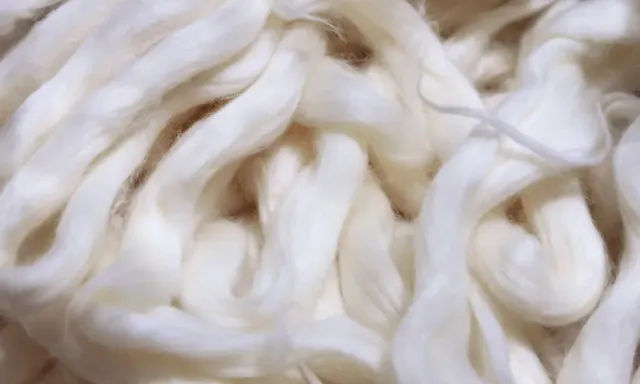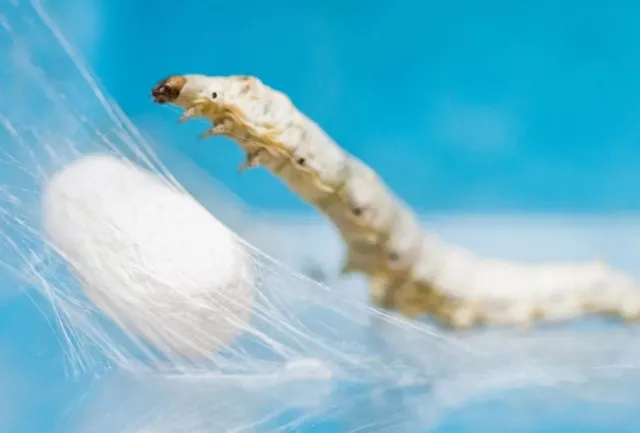Many are surprised to learn why silk isn’t vegan. The production involves harming silkworms, which goes against vegan values.
This revelation comes from the process used to create silk, which harms silkworms significantly.

Silk is a fancy fabric with a long history.
Recently, people have been shocked to learn it’s not vegan. The news that silk isn’t vegan-friendly has surprised many people.
It has also increased awareness about the lesser-known details of this common material.
For many people, becoming vegan means more than just changing what they eat.
It also means avoiding any form of animal exploitation.

Many people know that leather comes from animal skin. However, they are surprised to learn that it is also not vegan.
Traditionally, it has been synonymous with elegance, finding its way into clothing, homewares, and even beauty products like silk pillowcases.
It is very popular, which has made it very expensive. Experts expect its value to rise a lot by 2031.
The impact of migratory beekeeping
Starting a vegan lifestyle means more than changing what you eat—it’s about not supporting animal harm.
People are surprised by how many things involve animals.

In 2018, on a show called QI, the host asked which foods strict vegans could eat from a list including avocados, almonds, melons, kiwis, and butternut squash.
One person said “any of them”, but the host said he was wrong.
She said: “Because they’re so difficult to cultivate naturally, all of these crops rely on bees, which are placed on the back of trucks and taken long distances across the country.
It’s migratory beekeeping and an unnatural use of animals and there are lots of foods that fall foul of this.”
The dark side of silk production
The elaborate process of creating silk commences with silkworms spinning their cocoons, an instinct that culminates in the formation of fine silk threads.

These industrious creatures, often referred to as “silkworms,” are reared on farms, where their life cycle is abruptly halted before they can metamorphose into moths.
The revelation that silk is intricately linked to the exploitation and demise of these creatures has left many viewers disturbed and disheartened.
These industrious creatures, often referred to as “silkworms,” are raised on farms.
Their life cycle is abruptly halted before they can transform into moths.

In the video exposé, viewers see the cruel methods used to harvest silk, such as submerging the cocoons in boiling water to extract the silk threads.
This process effectively boils the silkworms alive.
Additionally, some silk producers use alternative methods like freezing, baking or gassing the worms to death.